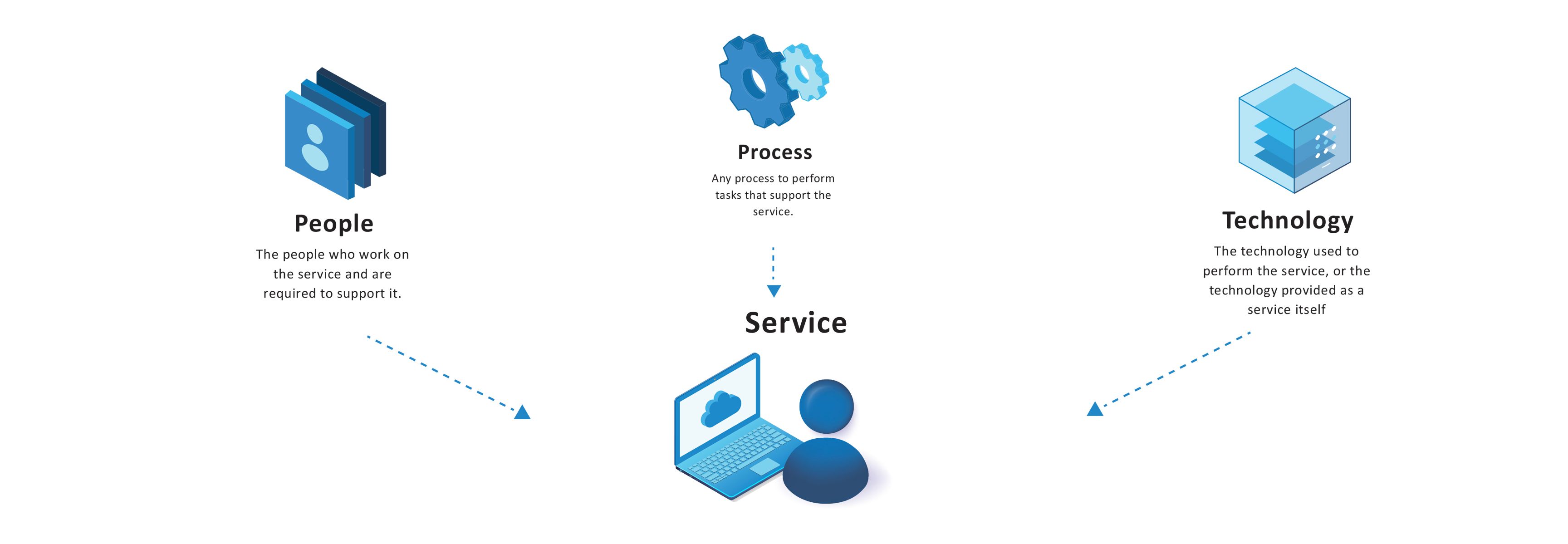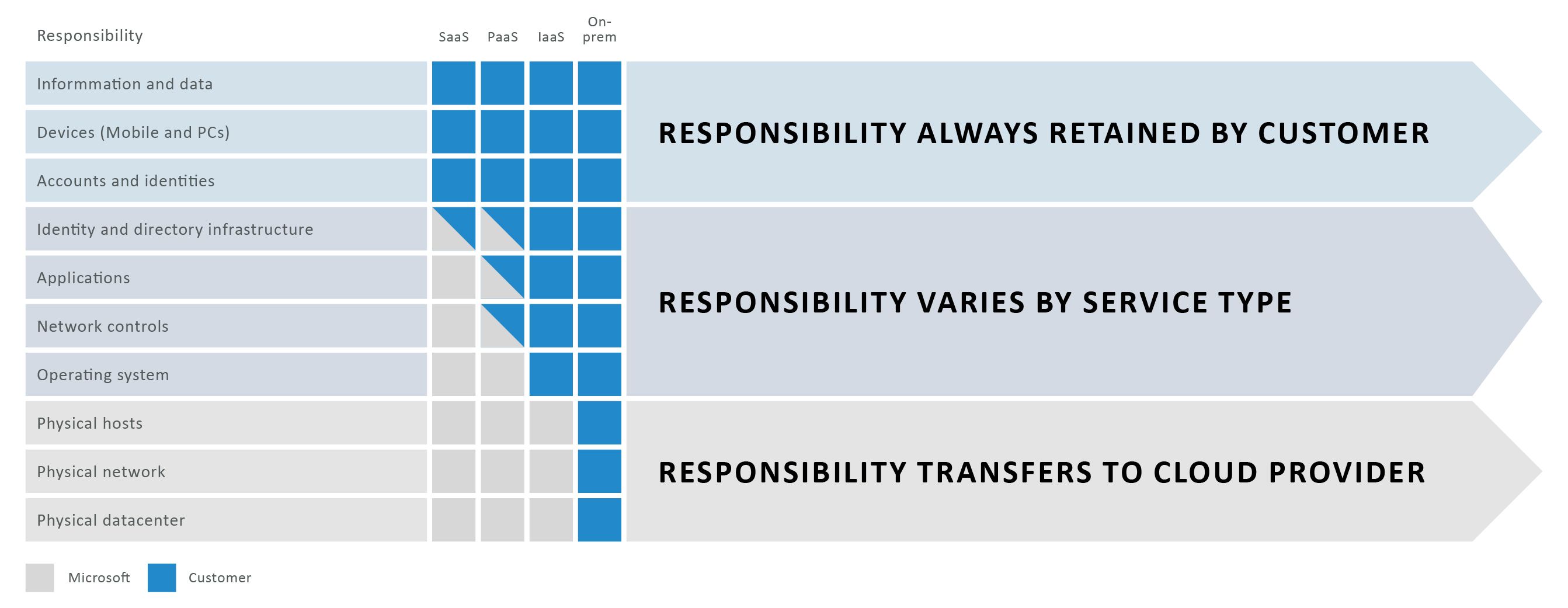Blog
Business Continuity Management in Azure
Azure maintains one of the most mature and respected business continuity management programs in the industry. The goal of business continuity in Azure is to build and advance recoverability and resiliency for all independently recoverable services, whether a service is customer-facing (part of an Azure offering) or an internal supporting platform service. In understanding business continuity, it's important to note that many offerings are made up of multiple services.
At Azure, each service is statically identified through tooling and is the unit of measure used for privacy, security, inventory, risk business continuity management, and other functions. To properly measure capabilities of a service, the three elements of people, process, and technology are included for each service, whatever the service type.

For example:
-
If there's a business process based on people, such as a help desk or team, the service delivery is what they do. The people use processes and technology to perform the service.
-
If there's technology as a service, such as Azure Virtual Machines, the service delivery is the technology along with the people and processes that support its operation.
Shared responsibility model
Many of the offerings Azure provides require customers to set up disaster recovery in multiple regions and aren't the responsibility of Microsoft. Not all Azure services automatically replicate data or automatically fall back from a failed region to cross-replicate to another enabled region. In these cases, recovery and replication must be configured by the customer. Microsoft does ensure that the baseline infrastructure and platform services are available. But in some scenarios, usage requires the customer to duplicate their deployments and storage in a multi-region capacity, if they opt to. These examples illustrate the shared responsibility model. It's a fundamental pillar in your business continuity and disaster recovery strategy.
Division of responsibility
In any on-premises datacenter, you own the whole stack. As you move assets to the cloud, some responsibilities transfer to Microsoft. The following diagram illustrates areas and division of responsibility between you and Microsoft according to the type of deployment.

A good example of the shared responsibility model is the deployment of virtual machines. If a customer wants to set up cross-region replication for resiliency if there's region failure, they must deploy a duplicate set of virtual machines in an alternate enabled region. Azure doesn't automatically replicate these services over if there's a failure. It's the customer's responsibility to deploy necessary assets. The customer must have a process to manually change primary regions, or they must use a traffic manager to detect and automatically fail over.